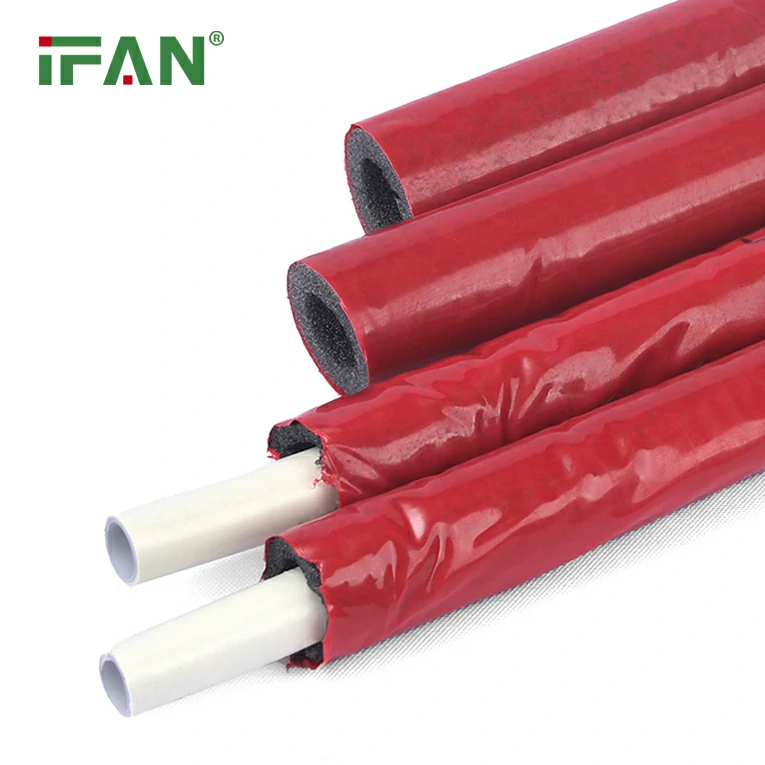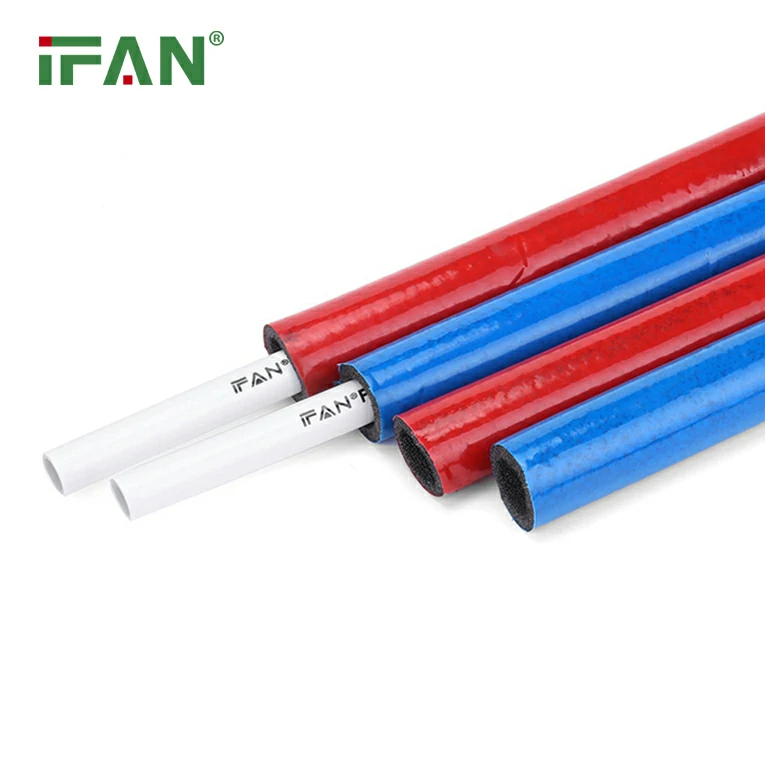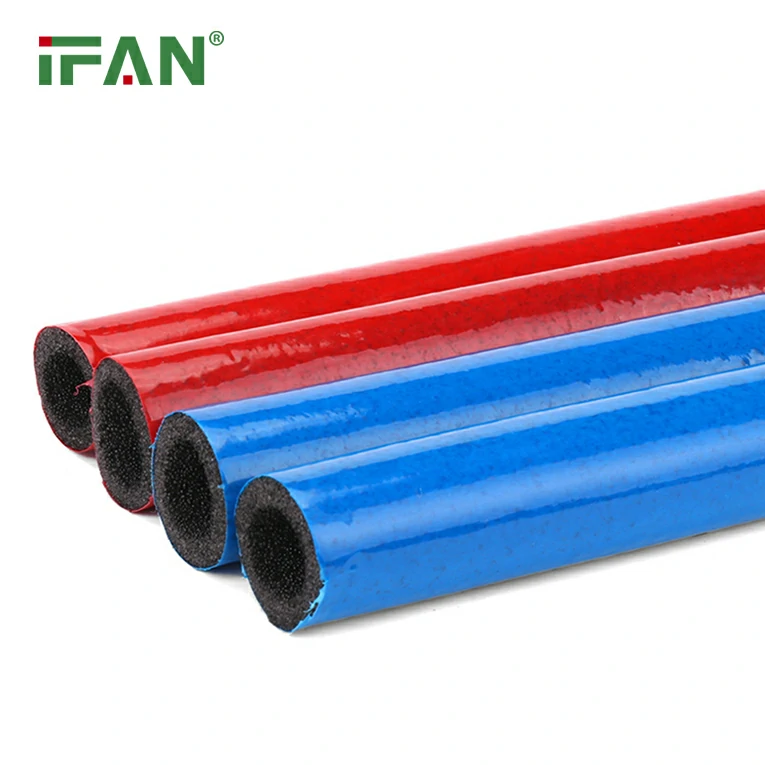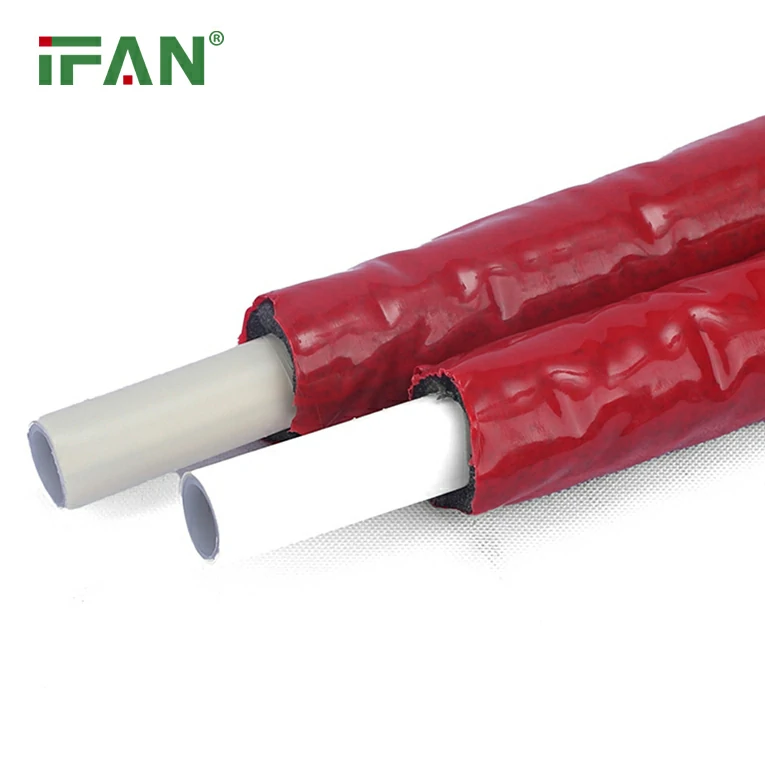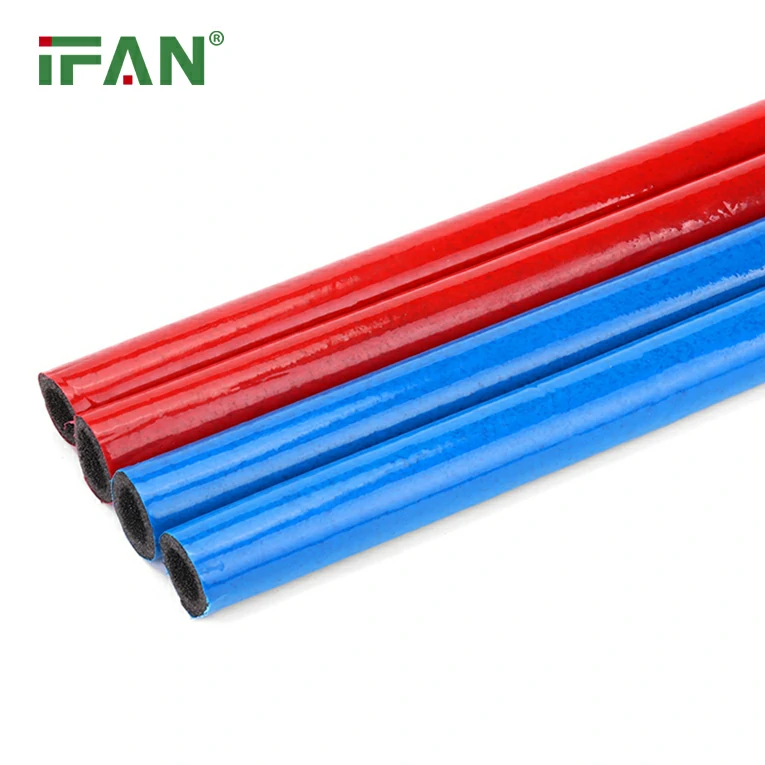Introduction
PEX (cross-linked polyethylene) pipe has become a popular choice for plumbing applications due to its flexibility, durability, and ease of installation. As the demand for PEX continues to grow, understanding the different types, sizes, and specifications is crucial for both DIY enthusiasts and professionals. In this article, we will explore how to shop for PEX pipe types and sizing while also comparing PEX with PPR (Polypropylene Random Copolymer) pipes, another viable plumbing option. By the end of this guide, you will be equipped with the knowledge needed to make informed decisions when selecting PEX pipes for your projects.
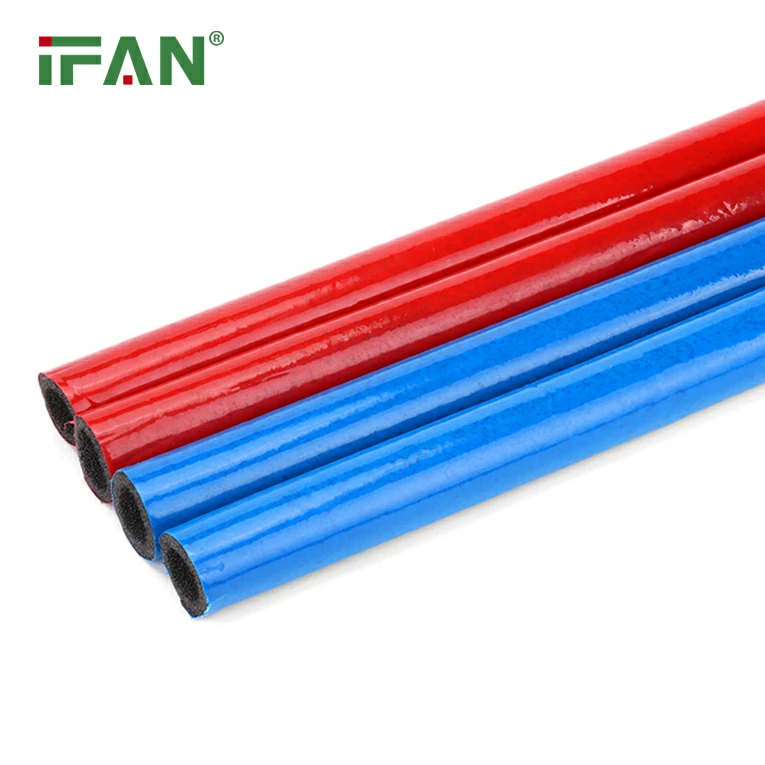
Understanding PEX Pipe Types
1. PEX-A
PEX-A is manufactured using the Engel method, which involves cross-linking the polyethylene molecules through a peroxide process. This results in a highly flexible and durable pipe that can withstand extreme temperatures and pressures. PEX-A is known for its ability to expand, making it resistant to bursting in freezing conditions. It is also compatible with a variety of fittings and connection systems, making it a versatile choice for various plumbing applications.
2. PEX-B
PEX-B is produced using the Silane method, which involves cross-linking the polyethylene through a moisture cure process. While PEX-B is slightly less flexible than PEX-A, it is still a reliable option for plumbing systems. PEX-B is known for its excellent resistance to chlorine and other chemicals, making it suitable for hot and cold water applications. It is also more affordable than PEX-A, making it a popular choice for budget-conscious projects.
3. PEX-C
PEX-C is created using the irradiation method, which involves exposing the polyethylene to radiation to achieve cross-linking. While PEX-C is less flexible than PEX-A and PEX-B, it is still a durable option for plumbing systems. PEX-C is often used in applications where flexibility is not as critical, such as in commercial plumbing systems. It is also resistant to high temperatures, making it suitable for hot water applications.
PEX Pipe Sizing
When shopping for PEX pipes, understanding sizing is essential to ensure compatibility with your plumbing system. PEX pipes come in various diameters and lengths, and selecting the correct size is crucial for optimal performance.
1. Pipe Diameter
PEX pipes are available in several diameters, typically measured in inches. The most common sizes are:
- 3/8 inch: Suitable for small fixtures and appliances, such as sinks and washing machines.
- 1/2 inch: Often used for branch lines and smaller plumbing applications.
- 3/4 inch: Commonly used for main water supply lines and larger fixtures.
- 1 inch and larger: Used in commercial applications or for larger plumbing systems requiring higher flow rates.
Choosing the right diameter depends on the flow rate and pressure requirements of your plumbing system. For instance, larger diameter pipes can carry more water, making them ideal for high-demand applications.
2. Pipe Length
PEX pipes are available in various lengths, typically ranging from 10 to 300 feet. When selecting the length, consider the layout of your plumbing system and the distance between fixtures. It’s often more cost-effective to purchase longer lengths and cut them to size as needed. Additionally, using fewer fittings can reduce the risk of leaks and improve flow efficiency.
PEX Fittings and Connections
Selecting the appropriate fittings and connections is crucial for a successful PEX installation. There are several types of fittings available, including:
- Crimp Fittings: These fittings use a metal ring that is crimped onto the pipe using a special tool. Crimp fittings are widely used and provide secure connections.
- Clamp (Cinch) Fittings: Similar to crimp fittings, clamp fittings use a stainless steel clamp that is tightened around the pipe. They are easy to install and provide a reliable connection.
- Push-to-Connect Fittings: These fittings allow for quick and easy connections without the need for special tools. Simply push the pipe into the fitting to create a secure connection.
When choosing fittings, ensure they are compatible with the type of PEX pipe you are using, as well as the specific application.
Comparing PEX and PPR Pipes
While PEX pipes offer numerous advantages, it’s essential to consider alternatives like PPR pipes. PPR pipes are made from polypropylene random copolymer and have their own set of benefits:
Advantages of PPR Pipes
- High-Temperature Resistance: PPR pipes can withstand higher temperatures than PEX, with a maximum continuous service temperature of around 210°F (99°C). This makes them suitable for industrial applications and hot water systems.
- Chemical Resistance: PPR pipes exhibit excellent chemical resistance, making them ideal for transporting various substances without degrading over time.
- Leak-Free Joints: PPR pipes can be joined using heat fusion, creating strong, leak-free connections that enhance the overall integrity of the plumbing system.
- Eco-Friendly: PPR pipes are fully recyclable, aligning with sustainable building practices and reducing environmental impact.
- Longevity: PPR pipes have a lifespan exceeding 50 years, similar to PEX pipes, offering long-term reliability.
Choosing Between PEX and PPR
When deciding between PEX and PPR pipes, consider the specific requirements of your project. PEX is often preferred for residential plumbing due to its flexibility and ease of installation, while PPR may be more suitable for industrial applications that require high-temperature resistance and chemical compatibility.
Conclusion
Shopping for PEX pipe types and sizing requires a thorough understanding of the various options available. By familiarizing yourself with the different types of PEX, their sizing, and the appropriate fittings, you can make informed decisions that ensure the success of your plumbing projects. While PEX offers numerous advantages, considering alternatives like PPR pipes can provide additional benefits depending on your specific needs. Ultimately, the right choice will depend on the requirements of your plumbing system and the specific applications you are working with.
Frequently Asked Questions (FAQs)
1. What is the main difference between PEX-A, PEX-B, and PEX-C?
PEX-A is the most flexible and resistant to bursting in freezing conditions, PEX-B is more affordable and resistant to chlorine, while PEX-C is less flexible and often used in commercial applications.
2. How do I determine the correct size of PEX pipe for my project?
The correct size depends on the flow rate and pressure requirements of your plumbing system. Common sizes include 3/8 inch, 1/2 inch, and 3/4 inch, with larger diameters used for higher demand applications.
3. Can PEX pipes be used for hot water applications?
Yes, PEX pipes are suitable for both hot and cold water applications, with a maximum temperature rating of up to 200°F (93°C).
4. Are PPR pipes a good alternative to PEX pipes?
Yes, PPR pipes offer advantages such as higher temperature resistance and excellent chemical resistance, making them suitable for certain applications where PEX may not be ideal.
5. What type of fittings should I use with PEX pipes?
Common fittings for PEX pipes include crimp fittings, clamp (cinch) fittings, and push-to-connect fittings. Ensure that the fittings are compatible with the type of PEX pipe you are using.

